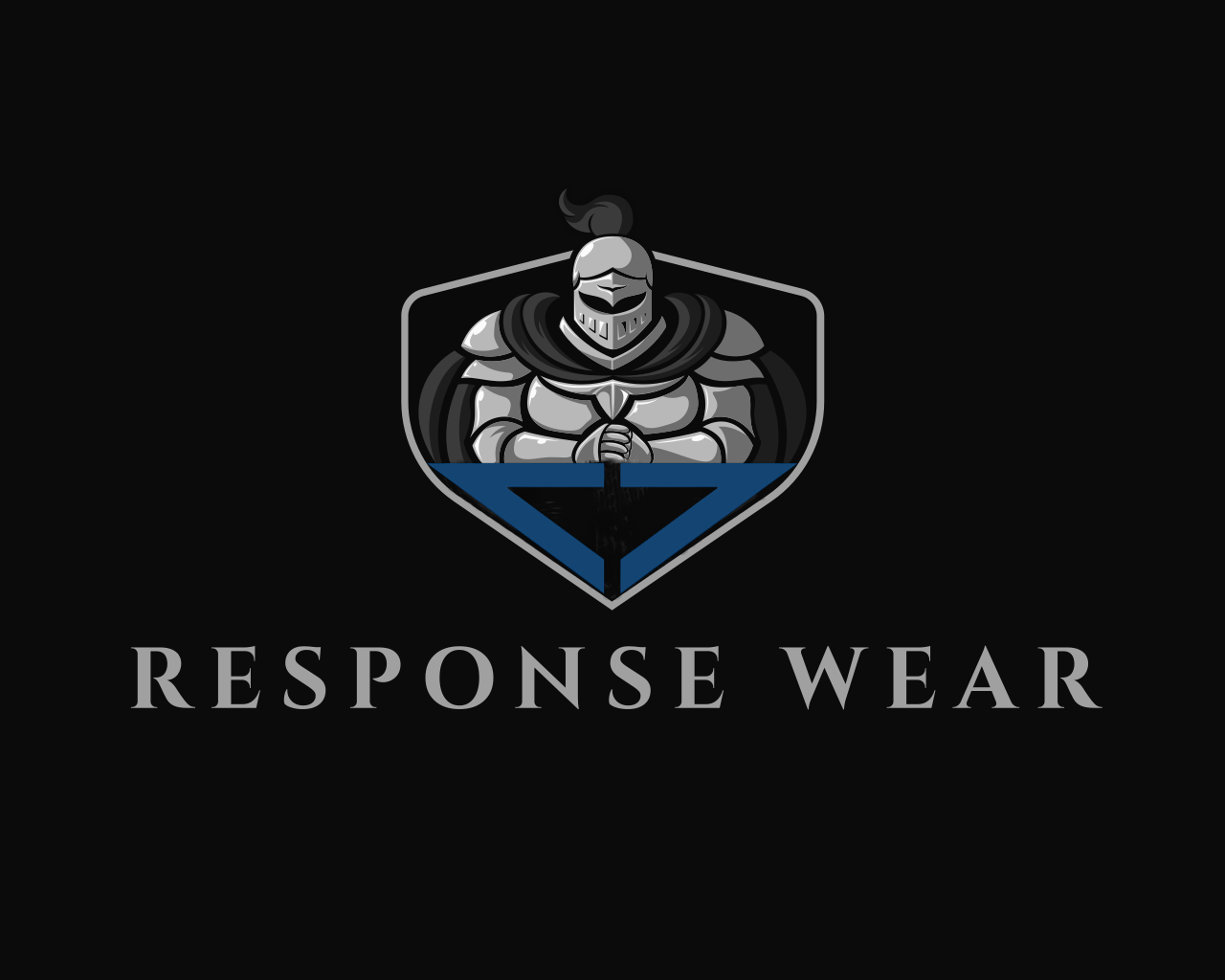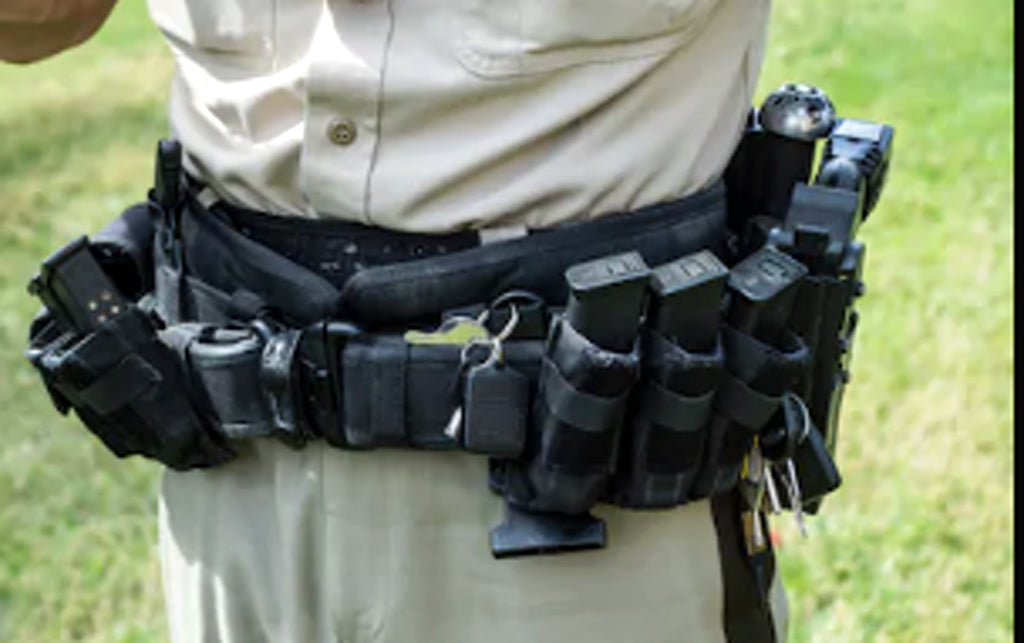Copyright - John Deighton - Response Wear Pty Ltd

Duty belts,
them, not only cause discomfort and fatigue to the officers wearing them, but over
the years of the officer’s career are believed to cause chronic physical problems for some officers, including,
The paramount purpose of the duty belt is, of course,
carry there
secure, and readily accessible when needed. Especially critical items that the officer must be able
similar objects too far back on the belt, however, can make them press
uncomfortably into
car. Also conflicting with
into the officer’s stomach or ribs at the belt’s top edge, and into the officer’s upper
thighs, when the officer is seated
Ideally, any duty gear should be evenly distributed on the officer’s right and left sides,
officer were to fall on his or her back,
Typically female officers, compared to male officers, have an additional problem in not having
The problem arises where Officers with the 26-inch waist need
In recent years in particular the U.S Police departments are now issuing Load Bear Vest in response to hundreds of workplace claims due to injuries that are consistent with wearing a duty belt with multiple items, which cause back, waist, hip and leg ailments, as well as nerve damage. What was once a common piece of duty gear, the Duty belt will be replaced with the Load Bearing Vest, as more and more Police and Security organisations change in order to reduce not only the increase in an officers chance of an injury associated with overloaded duty belts, but to also reduce the amount of claims being made against the departments.
Check out our Load Bearing Vest here

